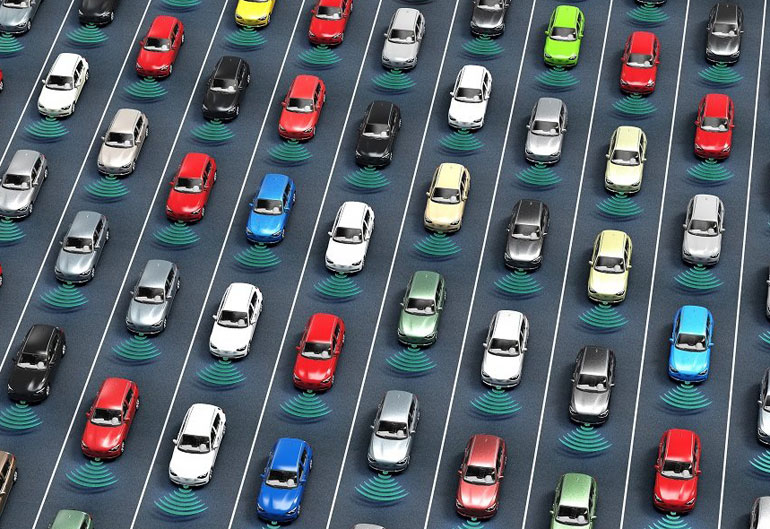The liveability, productivity and sustainability of our cities will all be influenced by autonomous vehicles. But before they hit the road, there are a lot of considerations to think through.
There’s no doubt autonomous vehicles will change the way we travel and our mobility patterns, but one thing that needs more attention is how we plan, design and manage our cities to accommodate them.
For the unaware, autonomous vehicles are self-driving vehicles equipped with technology that enables and supports decisions without driver involvement. They can also be supported by new technologies in transportation infrastructure such as transponders that send navigational information (similar to aircraft tracking). They will come in many forms including private autonomous vehicles, taxis and driverless shuttles.
When they do hit the road, what will their widespread adoption mean? It is not simply a case of devising and implementing new traffic rules.
Roads are vital elements of a functioning city, but they’re also land hungry. The potential reduction in land required for our road networks associated with autonomous vehicles raises the potential for recasting and repurposing city spaces. City pickup and dropoff zones could replace kerbside and median car parking. Driverless shuttles that are connected to train timetables could close the first and last mile gap of your morning commute. Ultimately, it’s about comfort and efficiency for the commuter and better use of the limited urban land we have.
It’s not just roads that will be affected, but all aspects of a city. Vincent Zawodny, vice-president at CallisonRTKL, a design consultancy of Arcadis that has worked with many landlords such as Westfield and Vicinity, said that shopping centres of the future are already planning for driverless cars.
It is – and will be – a game changer. Customers will exit vehicles at the front of shopping centres in dedicated drop-off zones and their vehicles will then ‘self-park’.
Due to the level of accuracy and precision with autonomous vehicles, customer parking will occur in smaller car spaces, thereby freeing up valuable urban land for alternative uses. This is just one example of where autonomous vehicles have the potential to fundamentally change the allocation and distribution of external urban spaces.
Apart from retail centres, a range of city-wide planning and design implications could be associated with autonomous vehicles, including:
- Conversion of parking spaces from decreased parking demand;
- Satellite self-parking areas;
- Lower vehicle ownership, congestion and vehicle kilometres travelled;
- Equal access to transportation and jobs;
- Decentralised health care;
- Increased access and mobility, complementary with public transport;
- Increased density or city fringe growth; and
- Growth in mixed-use precincts.
Putting policy to work
The ramifications for social and economic change will be significant and rapid, with some of the challenges known and some not. The precautionary principle is the foundation of long-term, sustainable city planning. On this basis, we must proactively embrace the planning and design challenges of driverless technology.
Public policy will play a decisive role in shaping autonomous vehicles technology and guiding its disruptive impact on cities, as it did during past technological revolutions involving the railways, the bus and the automobile.
Cities will have a window of opportunity to shape how the autonomous vehicle is used. Cities must act now to define policies that minimise risks and maximise the benefits of autonomous vehicle technology. Those that do nothing face major risks.
